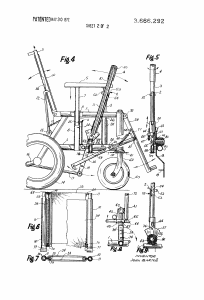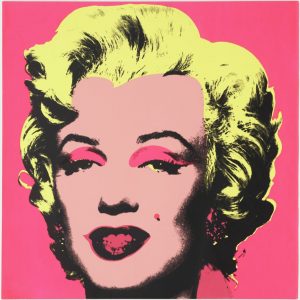Registration of Intellectual Property
On this page you will learn about ...
- Different types of Intellectual Property: here we’ll discuss the four types of intellectual property which exist with examples;
- Protection by Registration: here we discuss the process to register your intellectual property and how we operate.
Different Types of Intellectual Property
 A trade mark creates brand identity. When you the ‘M’ of McDonalds (known as the ‘Golden Arches’), you immediately think of the fast food chain. It is instantly recognisable, even if there isn’t the text “McDonalds” written next to the logo.
A trade mark creates brand identity. When you the ‘M’ of McDonalds (known as the ‘Golden Arches’), you immediately think of the fast food chain. It is instantly recognisable, even if there isn’t the text “McDonalds” written next to the logo.
 Furthermore, the logo or trade mark immediately identifies the company creating the product, or the ‘origin’ of a product. For example the Nestlé logo on a food product immediately identifies that packet of biscuits with that firm. So even if it is a new range of biscuits which you never purchased before, you know you are buying a Nestlé product and consequently you associate qualities to those biscuits which you identify with Nestlé.
Furthermore, the logo or trade mark immediately identifies the company creating the product, or the ‘origin’ of a product. For example the Nestlé logo on a food product immediately identifies that packet of biscuits with that firm. So even if it is a new range of biscuits which you never purchased before, you know you are buying a Nestlé product and consequently you associate qualities to those biscuits which you identify with Nestlé.
Design is the hardest of intellectual properties to understand. This is because it is  the broadest. Similarly to a trade mark, it can imply identity. However, it can also be the design of the actual object itself, without necessarily implying any identity as to who is behind the product.
the broadest. Similarly to a trade mark, it can imply identity. However, it can also be the design of the actual object itself, without necessarily implying any identity as to who is behind the product.
So, for e.g., the famous Lindt rabbit and reindeer chocolate packaging are examples of design. They involve the packaging of a product (chocolate) in a manner which is unmistakably Lindt. This implies identity and is part of the branding process.
 On the other hand, a product, or the part of a product is also a part of design. Nike have registered part of a product (part of a shoe).
On the other hand, a product, or the part of a product is also a part of design. Nike have registered part of a product (part of a shoe).
 Other companies, have registered actual pieces of furniture, e.g. a baby high chair. The design of this baby high chair has been protected at European level.
Other companies, have registered actual pieces of furniture, e.g. a baby high chair. The design of this baby high chair has been protected at European level.
The list of designs which can be protected goes on and on. Fonts can be protected, or patterns. All sorts of things, regardless of whether they represent an identity or not, can be protected and considered intellectual property.
 Patents imply an element of ‘invention’ which is over and above design. The clearest example of a patent is a scientific formula, e.g. a formula for an antidandruff shampoo.
Patents imply an element of ‘invention’ which is over and above design. The clearest example of a patent is a scientific formula, e.g. a formula for an antidandruff shampoo.
However one can also have a patent on a wheel chair. Although one might think that this is design (similarly to the example of the baby high chair we discussed in the Design section), a wheel chair can qualify for a patent because there is an element of technical innovation.
Patents never imply branding or identity. Rather, they protect invention (in contrast to design).
 Copyright is a creative intellectual property. Artworks (paintings), music, sculpture, plays and books are all protected by copyright. Nowadays this would also include television programmes and jingles, movies, photography and graphic design. Interestingly, software is considered to fall under copyright as a written work, and not under patent law despite its innovative element.
Copyright is a creative intellectual property. Artworks (paintings), music, sculpture, plays and books are all protected by copyright. Nowadays this would also include television programmes and jingles, movies, photography and graphic design. Interestingly, software is considered to fall under copyright as a written work, and not under patent law despite its innovative element.
Copyright is an interesting intellectual property because it does not need to be registered to be protected. This is unlike the other three types of intellectual property discussed on this page, i.e. trade marks, designs and patents.
Protection by Registration
Registration Process
-
Search
We will search the registry to see if there are similar trade marks designs.
-
Select a class
Every trade mark or design must be classified. We will advice you on which class to select.
-
Submission
We will submit your request for registration of a trade mark or design.
-
Period of Opposition
Third parties have a period in which to oppose the registration of your trade mark / design.
-
Registration
If no opposition is filed, or such opposition is refused, your trade mark / design will be registered and published.
